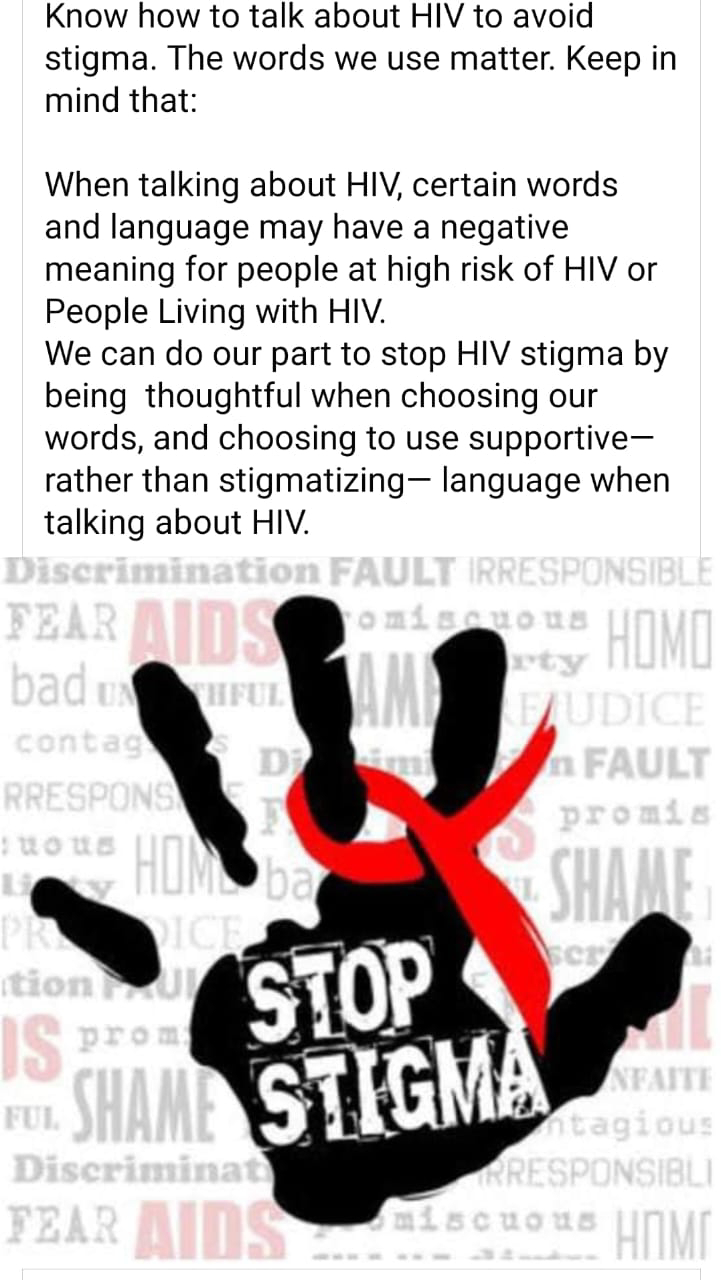In the lively corridors of our community, a bold proposal recently sparked a debate reminiscent of the classic Tom and Jerry chronicles. The idea: to brand a hearse or a bus with the logo and name of the National Empowerment of People Living with HIV in Kenya, aiming to raise awareness and destigmatize HIV/AIDS. Much like the tiny Jerry mouse trying to outwit Tom the cat, this proposal dances on the edge of audacity and caution, bringing to light deep-seated concerns about stigma and perception.
Initially, the proposal was presented with enthusiasm, envisioned as a powerful symbol of support and inclusivity. Yet, just as Jerry’s clever plans often face unforeseen obstacles, this idea met with immediate skepticism. Some voices warned that a hearse might inadvertently reinforce negative stereotypes. They argued that such a vehicle could lead people to assume that all individuals transported in it had died from AIDS, echoing the outdated stigmas VCT staff once faced.
One participant humorously dismissed the hearse idea as impractical, noting that its visibility might induce fear in newly diagnosed individuals, pushing them towards despair rather than hope. Others highlighted the potential stigma transferred to the deceased's family, deepening their social isolation.
The discussion then shifted favorably towards the idea of a bus. Participants agreed that a bus, much like Jerry's cunning schemes, offers versatility and can be used for various positive activities such as weddings and community events, fostering a more positive association. Many voiced strong support for this idea, seeing it as a constructive way to promote awareness without the negative connotations associated with a hearse.
This conversation underscores a significant challenge: HIV-related stigma remains pervasive. To address this, several strategies have been proposed, akin to Jerry’s diverse array of tactics to outsmart Tom. These include implementing comprehensive educational programs within communities to demystify HIV/AIDS, utilizing media platforms to share uplifting stories of individuals living with HIV, and establishing support groups to provide safe spaces for sharing experiences.
Furthermore, engaging community and religious leaders in these initiatives can leverage their influence to foster acceptance and support. Branding vehicles with messages of empowerment and health, rather than explicitly mentioning HIV, and collaborating with public figures to endorse the cause can also reduce stigma. Advocacy for policies that protect the rights of people living with HIV, along with providing legal support to those facing discrimination, is crucial.
Setting up anonymous helplines for counseling and information and offering discreet HIV testing and treatment services can mitigate the fear of being seen and stigmatized. However, amid these suggestions lies a crucial question: who will take the bold step to "hang the bell on the cat?" This phrase, derived from an old fable, captures the essence of the challenge. While many recognize the necessity and propose solutions, someone must ultimately take the courageous and potentially risky action to implement these ideas.
This call to action is key. For the organization to truly make a difference, a champion is needed—someone willing to face potential backlash, break down barriers, and lead by example. Whether it's the decision to brand a bus for community outreach, launch an education campaign, or advocate for policy changes, this individual or group must embody the courage and commitment required to challenge stigma head-on.
By adopting these strategies and finding those willing to "hang the bell," the organization can work towards a more inclusive and supportive environment for people living with HIV in Kenya. This effort will gradually erode the stigma and foster a sense of community and empowerment, ultimately leading to meaningful change.
The journey towards destigmatizing HIV/AIDS in Kenya is fraught with challenges, but it is a journey we must undertake. It requires bold ideas, courageous actions, and an unwavering commitment to change. Only then can we hope to create a world where people living with HIV are embraced, supported, and empowered to live their lives to the fullest. Just like Jerry, we must outsmart the stigma, not through avoidance, but through bold and innovative steps that bring lasting change.






No comments:
Post a Comment